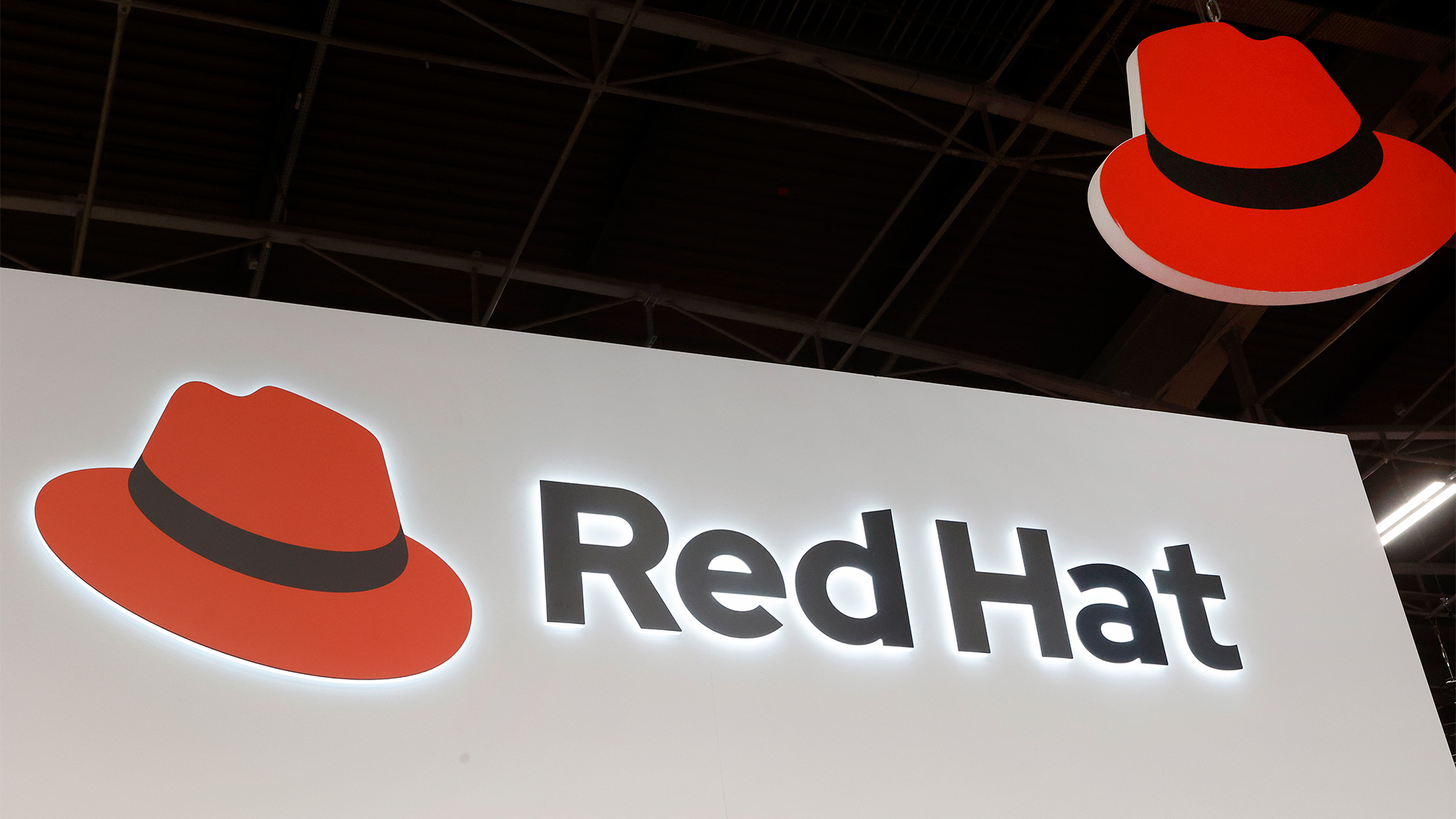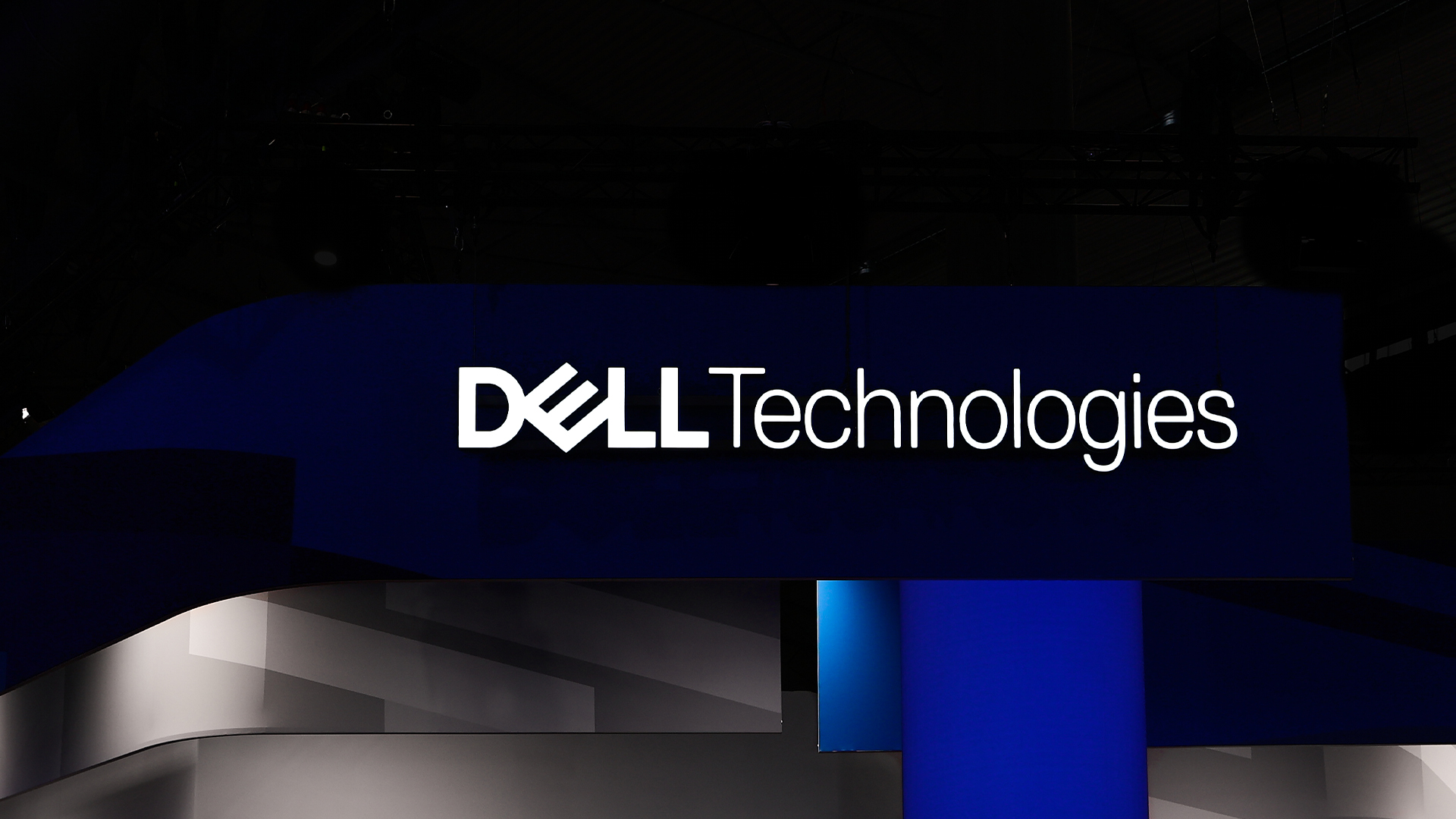Red Hat confirms channel-centric changes and says more partner-focused initiatives are on the horizon
Just last month at the firm’s annual conference, Red Hat stressed the importance of its partner ecosystem…


Red Hat is putting its money where its mouth is by continuing its mission to change up its partner program and ecosystem support for the better.
Some key tweaks have already been made and there’s more to come, according to Penny Philpot, vice president of the firm’s EMEA Partner Ecosystem.
Philpot, a multi-decade channel veteran, has made a meaningful impact on how Red Hat engages with partners since her appointment a year ago.
“One of the things we did was to put all of the channel partner-facing people in my organization. If you're just an individual reporting to somebody who's not necessarily a channel person that can get confusing in terms of what the message is. So, from the partner’s perspective [it’s about] having a very strong relationship, one that's consistent, and it's really focused on new opportunities and growth,” she said.
Philpot continued: “We're very much looking at our partners to help us to find that net new business and not just working with us, leading from the front. We've also changed a lot of the models, especially in companies that are not necessarily ‘enterprise.’
“We all talk about customer-first, but partner-always. [In the past year] the DNA of working with partners has drastically improved. We've done a lot of things to move people to understand how partners can help grow, upsell, and cross-sell. And, in many cases, they are way more advanced in knowing the landscape for customers because they're talking to them already. And we've got a fantastic solution.”
Before joining Red Hat, Philpot spent 25 years at Oracle and held key positions at Cisco and Microsoft. This experience, she said, brought a very valid and timely external perspective to things and was a key reason for her hiring.
ChannelPro Newsletter
Stay up to date with the latest Channel industry news and analysis with our twice-weekly newsletter
“We're getting very good at changing the conversation to be much more about customer value and customer solutions. And that's across all the customer and partner-facing people. We've also done quite a bit with regard to how we communicate with our partners as well,” she said.
Although much work has been done, Philpot is mindful that what partners want and need is generally something that must adapt and change in response to shifting market or individual requirements,
“In my experience from other vendors, it's one of those things that you never quite get right. You never will. It is like painting the forth bridge - you'll always have to go back and do it again.”
But that’s exactly why it was so important for Philpot to make some fundamental changes around communication and consistency early on. These changes complement some of the previously announced shifts in how Red Hat engages with partners.
Back in January, the firm said it planned to launch a new partner program framework as well as enhancing the tools, training, and resources available to its channel ecosystem. This includes the launch of a new Partner Practice Accelerator Program and other elements designed, according to Philpot, “moving away from partner type and pigeonholing partners.”
She continued: “The idea is that the new program is going to be very much leaning towards the things you [as a partner] want to do with it. That could be one or many things, so whatever the journey is that you want to go with us, we're here to help.”
The existing and incoming changes to Red Hat’s approach to partners are timely and sensible, according to industry experts. Indeed, research firm IDC has predicted that by next year, the majority (70 percent) of vendors will actively be pursuing a customer-led ecosystem orchestration strategy. This, it believes, will place added importance on vendor alignment with partners to offer and deliver coordinated solutions, services, and more.
Red Hat is focused on building, connecting, and driving collaboration between an open ecosystem of very diverse partners all working together to deliver customer value, according to Stuart Wilson, senior research director, EMEA Partnering Ecosystems at IDC.
“Red Hat recognizes the need to map changes in customer behavior and buying preferences and to build flexibility in the partnering model to serve each unique customer in the way that works best for that customer. Initiatives such as go-to-market models involving major cloud platform providers and their marketplace environments are examples of how Red Hat is responding to changing customer preferences for purchase and consumption,” he told ITPro.
“Red Hat is showing commitment to a "win-win-win" blended partner and customer engagement strategy where vendor, partner, and customer are aligned around a model that focuses on mutually beneficial outcomes for all parties involved. This type of outcome is delivered through a customer-led ecosystem orchestration mindset, where the needs of customers and partners are considered in the design of the partner engagement framework and model.
“Red Hat's evolution in terms of its partnering approach also shows a growing appreciation of the value of different partner activities that are not always directly linked to transaction-based customer engagements. This flexibility starts to move Red Hat away from a partner engagement framework where partner programs were distinct and siloed by a specific partner identity or activity such as sell, serve, and build.”
It would seem the stars are somewhat aligning for Red Hat, partners, customers, and industry observers right now. Philpot agrees, saying: “It's never been a better time. I feel like we're at this pivotal inflection point where the market’s aligned, our products are aligned, and our partners are aligned as well. The partner loyalty here is amazing, much bigger than any other company I've had.”
Maggie has been a journalist since 1999, starting her career as an editorial assistant on then-weekly magazine Computing, before working her way up to senior reporter level. In 2006, just weeks before ITPro was launched, Maggie joined Dennis Publishing as a reporter. Having worked her way up to editor of ITPro, she was appointed group editor of CloudPro and ITPro in April 2012. She became the editorial director and took responsibility for ChannelPro, in 2016.
Her areas of particular interest, aside from cloud, include management and C-level issues, the business value of technology, green and environmental issues and careers to name but a few.
-
 Microsoft just hit a major milestone in its ‘zero waste’ strategy
Microsoft just hit a major milestone in its ‘zero waste’ strategyNews Microsoft says it's outstripping its zero waste targets, recording a 90.9% reuse and recycling rate for servers and components in 2024.
By Emma Woollacott
-
 Dell names Lisa Ergun as new Client Solutions Group channel lead for the UK
Dell names Lisa Ergun as new Client Solutions Group channel lead for the UKNews Dell Technologies has announced the appointment of Lisa Ergun as its new Client Solutions Group (CSG) channel lead for the UK.
By Daniel Todd